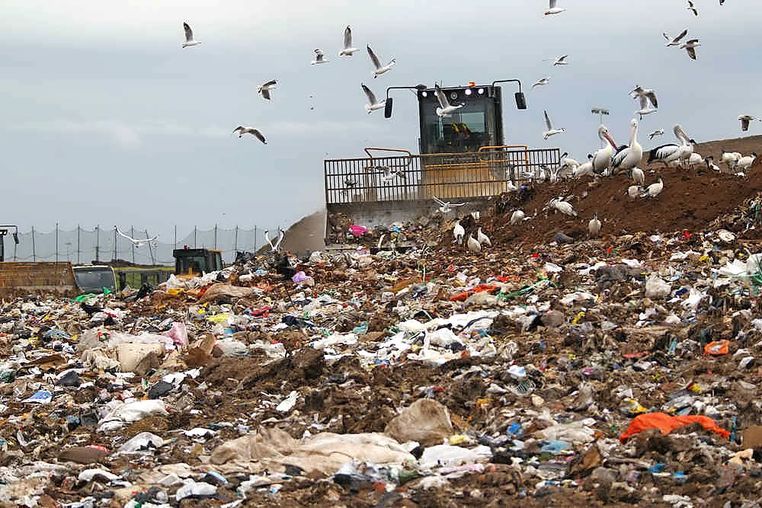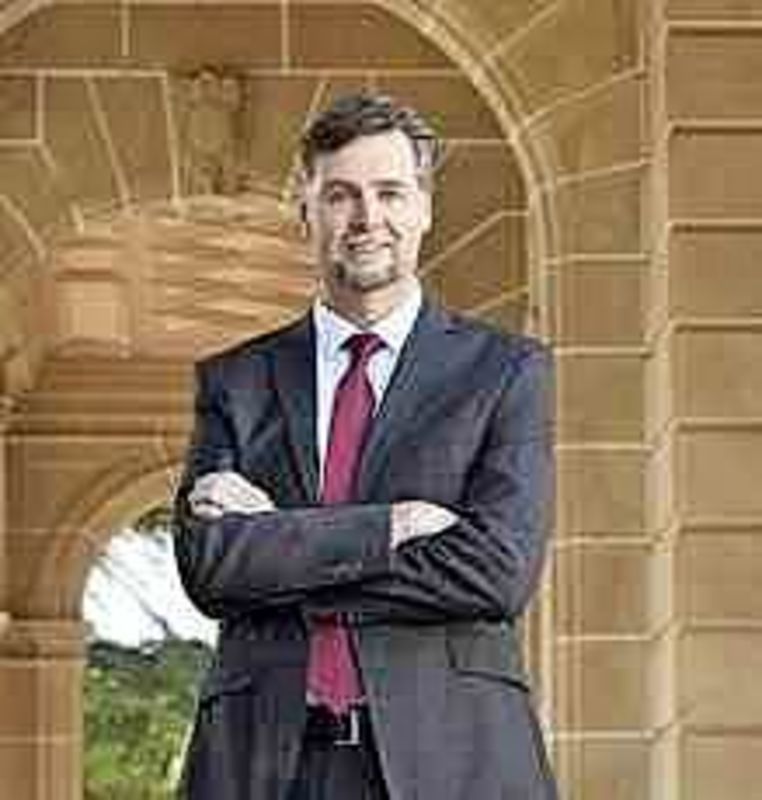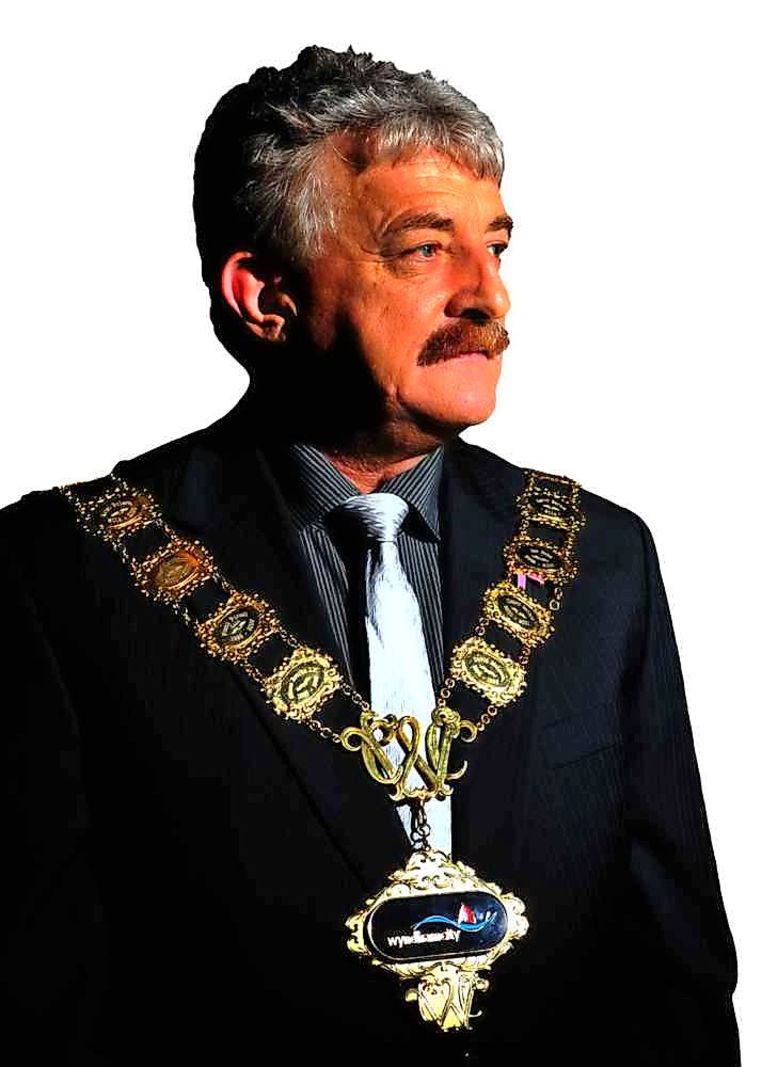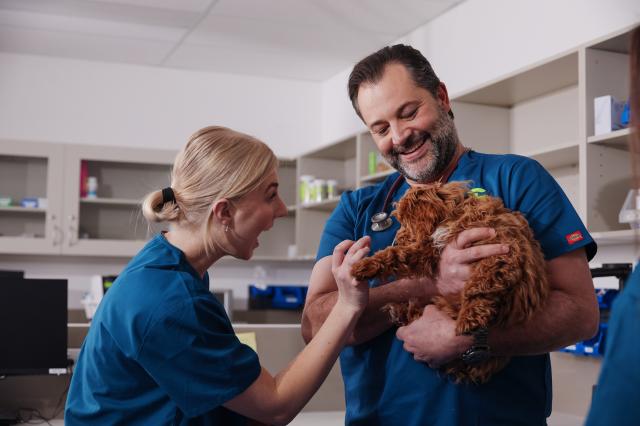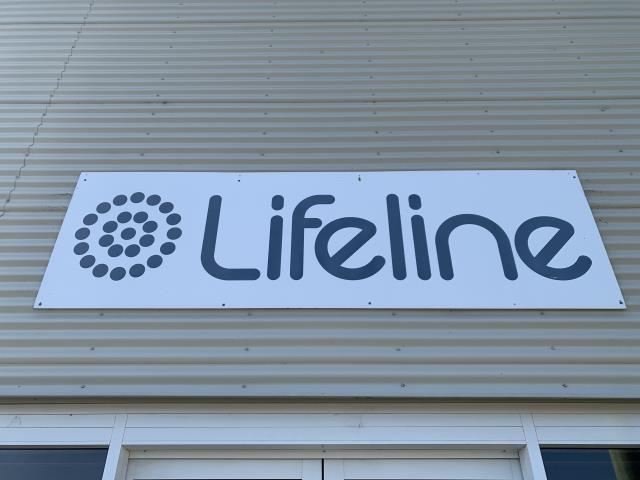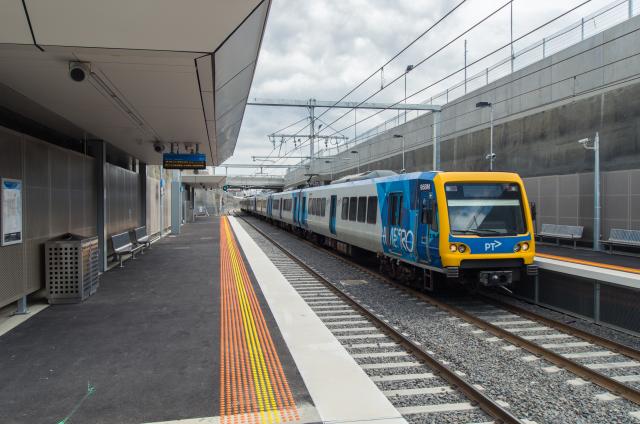Wyndham council has dumped more than $31,000 on a three-week European trip to check out waste facilities across several countries.
Mayor Peter Maynard, city operations director Stephen Thorpe and Werribee tip manager Simon Clay flew out to the UK on Monday to look at recent investments in alternative waste treatment and disposal technology – including resource recovery and pre-treatment, anaerobic digestion and thermal treatment.
They will also meet two councils about their waste services and suppliers of alternative waste technology.
From there, the trio will head to Spain to chat with waste experts and then visit landfills in Italy, France and Switzerland, before spending the final week in Munich to attend the Leading Trade Fair for Environmental Technologies to meet all the major European suppliers of waste management, treatment and disposal. The trip will run until May 19.
Mr Thorpe said the tour was part of Wyndham council’s plan to transition from landfilling at the Werribee tip, with a view to diverting 90 per cent of the city’s waste from landfill by 2040.
“There’s a lot of companies that are active in Australia that are wanting to sell [waste] technology … but we only know what they choose to tell us,” he said. “Part of this is actually going and visiting sites and seeing it in action, but also going to the trade fair and being able to choose who we want to talk to about the different technologies.”
Cr Maynard added: “I know there’s going to be some people who won’t agree with what we’re doing … [but] we won’t be sunning ourselves on the riviera.”
Once back, the trio will only have a couple of days to re-group before Wyndham council heads to the Victorian Civil and Administrative Tribunal for a five-day hearing, starting on May 21 over the expansion of operations at Werribee tip.
The Western Region Environment Centre (WREC) has successfully applied for VCAT to undertake a review of the EPA’s decision to approve an expansion of Werribee tip that would allow the council to build four cells that can reach up to 29 metres above natural ground level.
That is the height limit enforced on the tip’s existing cells.


